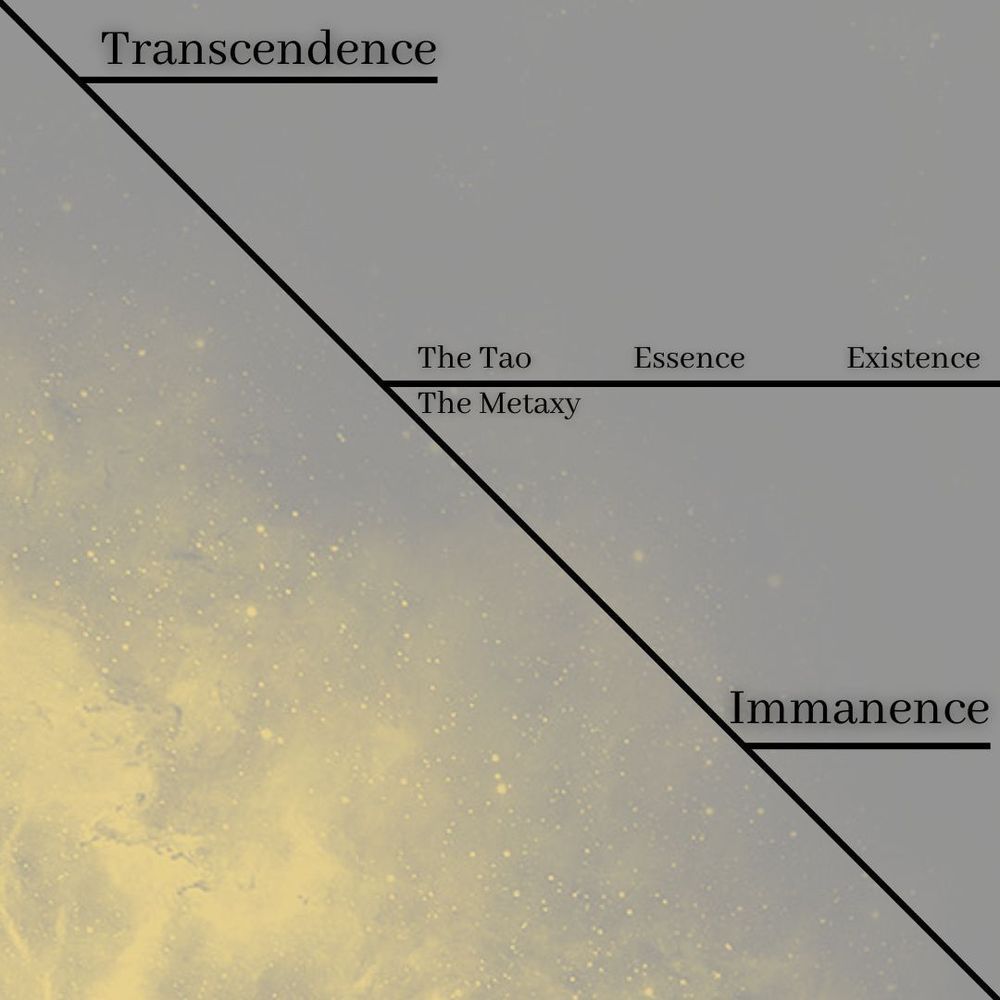Debasement refers to the action or process of reducing the quality or value of something. When talking about fiat currencies, debasement traditionally refers to the practice of reducing the precious metal content in coins while keeping their nominal value the same, thereby diluting the coin’s intrinsic worth. In a modern context, debasement has evolved to mean the reduction in the value or purchasing power of a currency — such as when central banks increase the supply of money, in the process lowering the nominal value of each unit.
UNDERSTANDING DEBASEMENT
Before paper money and coins made of cheap metals like nickel, currency consisted of coins made of precious metals like gold and silver. These were the most sought after metals of the time, giving them value beyond government decree. Debasement was a common practice to save on precious metals and use them in a mix of lower-value metals instead.
This practice of mixing the precious metals with a lower-quality metal means authorities could create additional coins with the same face value, expanding the money supply for a fraction of the cost compared to coins with more gold and silver content.
Today, coins and notes don't have inherent worth, they are simply tokens that represent value. This means debasement relies on supply: i.e. how many coins or notes the issuing body allows to circulate. Debasement went through different processes and methods over time; therefore, we can define old and new methods.
TRADITIONAL METHOD
Coin clipping, sweating, and plugging were the most common debasement processes used until the introduction of paper money. Such methods were employed both by malicious actors that counterfeited coins and by authorities that increased the number of coins in circulation.
Clipping involves “shaving” the coins’ edges to remove some of the metal. As with sweating, the resulting clipped bits would be collected and used to make new counterfeit coins.
Sweating involves shaking coins vigorously in a bag until the edges of the coins come off and lay at the bottom. The pieces are then collected and used to create new coins.
Plugging was a way of punching a hole out of the coin’s middle area with the rest of the coin hammered together to close the gap. It could also be sawn in half with a plug of metal extracted from the interior. After filling the hole with a cheaper metal, the two halves would be fused again.
MODERN-DAY METHODS
Money supply increase is the modern method used by governments to debase the currency. By printing more money, governments get more funds to spend but it results in inflation for its citizens. Currency can be debased by increasing the money supply, lowering interest rates, or implementing other measures that encourage inflation; they’re all “good” ways of reducing the value of a currency.
WHY IS MONEY DEBASED?
Governments debase their currency so that they can spend without raising further taxes. Debasing money to fund wars was an effective way of increasing the money supply to engage in expensive conflicts without affecting people’s finances — or so it is believed.
Whether by traditional debasement or modern money printing, money supply increases have short-sighted benefits in boosting the economy. But in the long term, it leads to inflation and financial crises. The effects of this are felt most acutely by those in society who do not own hard assets that might counter the loss in the currency’s value.
Currency debasement could also occur by malicious actors who introduce counterfeit coins to an economy, but the consequence of being caught can in some countries lead to a death sentence.
“Inflation is legal counterfeiting, Counterfeiting is illegal inflation.” - Robert Breedlove
Governments can take some measures to mitigate risks associated with money debasement and prevent unstable and weak economies, for example by controlling the money supply and interest rates within a specific range, managing spending, and avoiding excessive borrowing.
Any economic reform that promotes productivity and attracts foreign investments helps maintain confidence in the currency and prevent money debasement.
REAL-WORLD EXAMPLES
THE ROMAN EMPIRE
The first example of currency debasement dates back to the Roman Empire under emperor Nero around 60 A.D. Nero reduced the silver content in the denarius coins from 100% to 90% during his tenure.
Emperor Vespasian and his son Titus had enormous expenditures via post-civil war reconstruction projects like the building of the Colosseum, compensation to the victims of the Vesuvius eruption, and the Great Fire of Rome in 64 A.D. The chosen means to survive the financial crisis was to reduce the silver content of the “denarius” from 94% to 90%.
Titus’ brother and successor, Domitian, saw enough value in “hard money” and the stability of a credible money supply that he increased the silver content of the denarius back to 98% — a decision he had to revert when another war broke out, and inflation was looming again across the empire.
This process gradually continued until the silver content measured just 5% in the following centuries. The Empire began to experience severe financial crises and inflation as the money continued to be devalued — particularly during the 3rd century A.D., sometimes referred to as the “Crisis of the Third Century.” During this period, spanning from about A.D. 235 to A.D. 284, Romans demanded higher wages and an increase in the price of the goods they were selling to face currency depreciation. The era was marked by political instability, external pressures from barbarian invasions, and internal issues such as economic decline and plague.
It was only when Emperor Diocletian and later Constantine took various measures, including introducing new coinage and implementing price controls, that the Roman economy began to stabilize. However, these events highlighted the vulnerabilities of the once-mighty Roman economic system.
Read More >> Hard To Soft Money: The Hyperinflation Of The Roman Empire
Read the Rest










